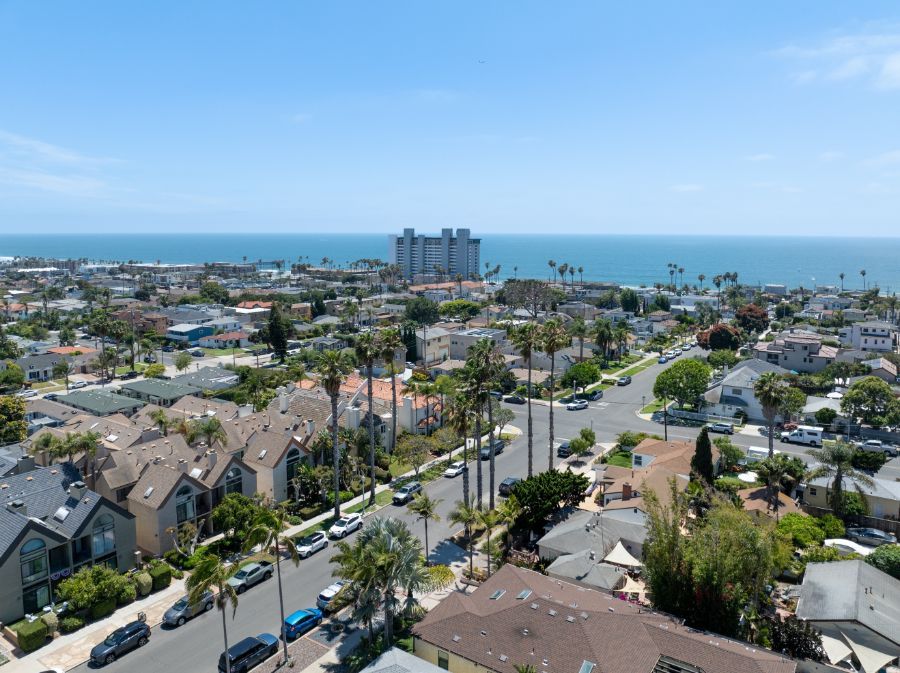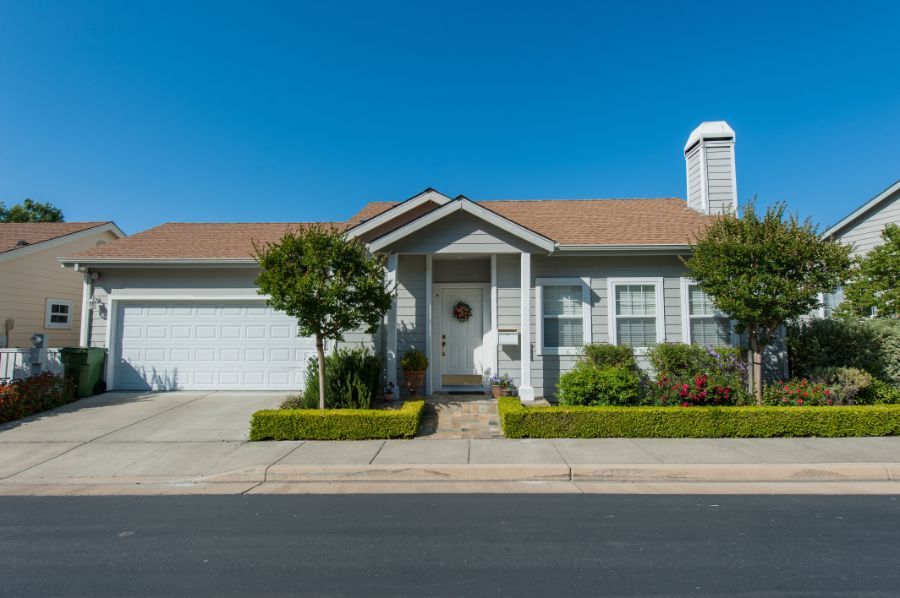Making Accommodations for Your Rental

It's not uncommon for investors to overlook certain accommodations that can help people with disabilities. Roughly 25% of adults have some sort of disability in the United States, with the most common of disabilities being related to mobility.
While you don’t need to remodel your entire rental to accommodate every disability, we will cover a few modifications that can help those with disabilities and appliances that nearly anyone can use.
Americans with Disabilities Act
The Americans with Disabilities Act (ADA) is meant to help those with disabilities. Multi-family homes typically have to abide by these rules. However, single-family rentals can be layered. For example, if you do remodeling with the explicit intent to use the home as a rental, keeping the ADA in mind is advised. Though it may not be explicitly required, future-proofing your home to be proactively compliant can, at best, save you money in the future and, at worst, provide a comfortable home for someone who may be disabled. This means doors with enough room for wheelchair turn clearance and having at least one accessible bathroom on the main floor.
ADA Compliant Appliances
When making accommodations for your rental, you can purchase different kinds of appliances to help those who may be disabled. They may not seem like it at first, though many of them have accessibility in mind. For example, ADA-compliant cooktops may have front-mounted easy-to-turn knobs without an oven which gives additional space to wheelchair users. An ADA-compliant oven typically has side swinging doors instead of drop-down doors.
Modifications Within Reason
Under Section 504 of the Rehabilitation Act, people with disabilities are entitled to reasonable accommodations paid for by a housing provider. These items can include:
- Building Ramps
- Widening Doorways
- Lowering Kitchen Countertops
- Roll-in Showers
- Visual or Auditory Doorbells/Alarms
There are still more modifications that tenants with disabilities are allowed to do to the rental. Once again, within reason. These include grab bars in bathrooms and adjustable/handheld shower heads.
Landlords must also ensure common areas are accessible and anything else is needed for a person to live comfortably and safely within a unit.
Smart Home Technology
There is an advantage to incorporating smart home devices for inaccessible rentals. It cannot be understated how convenient smart home technologies such as outlets, dimmers, and light switches can be for those with mobility disabilities. While for many people, smart devices provide a sense of commodity, these same devices can be a lifestyle change for someone who cannot reach certain switches or for older building pull chains for fans and closet lights.
Promote Inclusivity
Once you’ve finished modifying your rental, you need a marketing and promotion strategy. Remember that you’re trying to attract tenants who value the new features that promote accessibility. Use descriptive language to highlight the features, ramps, widened doorways, grab bars, and ADA-compliant appliances. Be sure to take multiple professional photos from a variety of angles. This can help tenants interested in the accessibility to visualize themselves living in your rental for years to come. By showcasing inclusivity in your marketing materials, you’ll attract tenants seeking accessible and welcoming living spaces.
While ensuring a rental is ADA-compliant may feel daunting, prioritizing accessibility and inclusivity in your property enhances your rental appeal, legal compliance, and tenant satisfaction. This can ultimately benefit both your tenants and investors in the long run. If you need help making your rental ADA-compliant or need help managing your property, we invite you to call us today at (562) 888-0247 or fill out our
Owner Application online.





